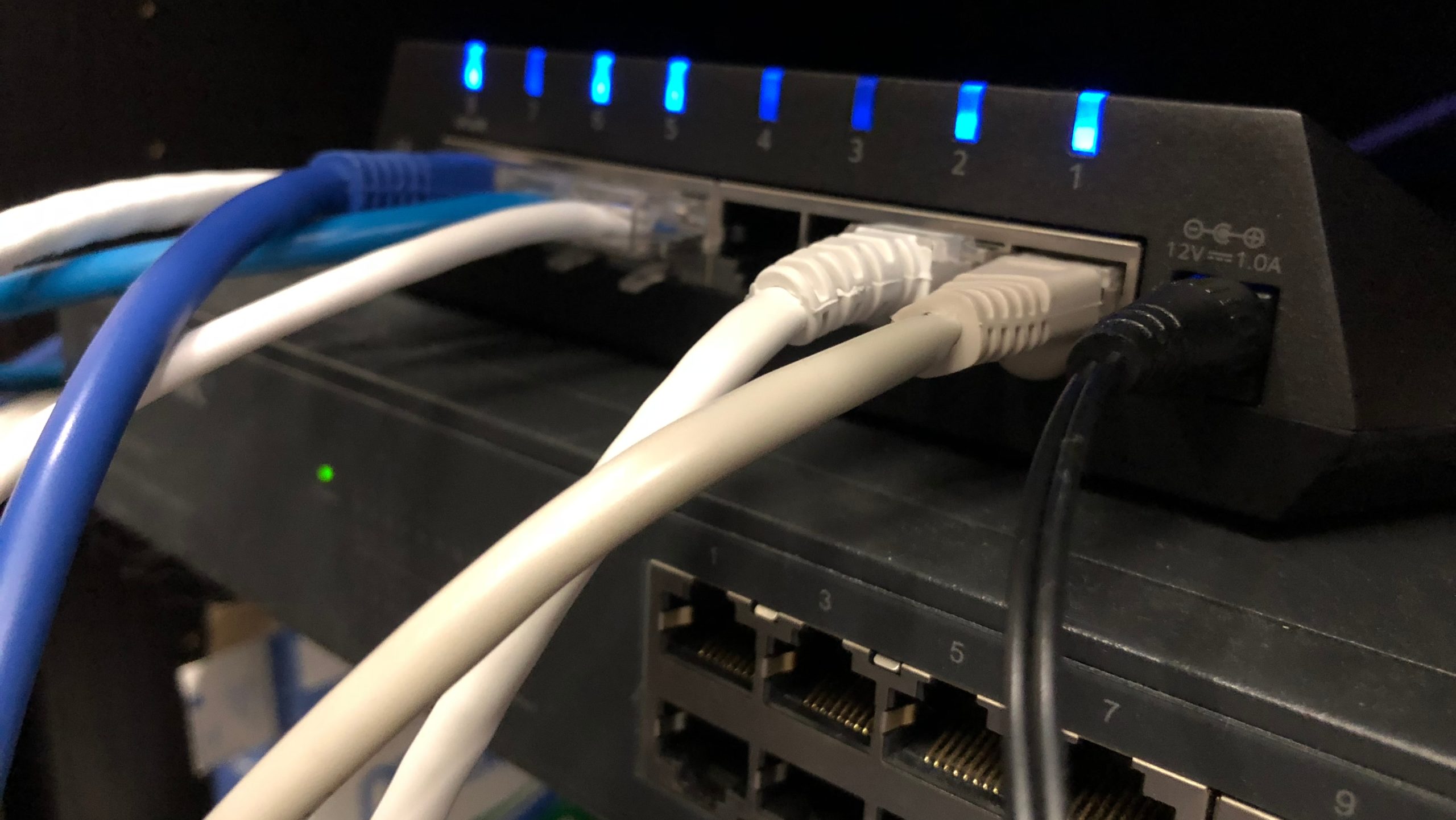
In the field of networking, both Ethernet switch and gigabit switch have been in use for over a decade. In the network edge, both of them play a relevant role. The primary factor which acts as the criteria for judging the applicability of these switches is their respective transmission speed. In this article, let’s have a close look at the differences between the Ethernet switch and gigabit switch.
Difference between the Gigabit switch and Ethernet switch
Ethernet switch
Fast Ethernet is nothing but an updated version of the original Ethernet. Its primary purpose is to enhance the speed of the internet. It facilitates the transfer rate of Ethernet from a mere 10 Megabits per second (10 Mbps) to 100 megabits per second (100 Mbps). The fast Ethernet switch aids in supporting the 10/100 protocol which provides a capability to work at 100 megabits per second. It is loaded with Rj45 ports, the fast Ethernet switch works over Cat5 cables to connect PCs, routers, servers and many other such devices. High-speed uplink ports are also featured by fast Ethernet switches wherein fiver or copper modules can be put into use to connect fiver optic or UTP cabling supporting speeds which can go up to 1Gbps or more.
Gigabit switch
As compared to an Ethernet switch, a gigabit switch is ten times faster. It was designed with the purpose to be capable of addressing the high-speed needs of internet service providers. It is that kind of Ethernet switch that operates at gigabit Ethernet speeds. Theoretically, it is marked as to target up to 1 Gigabit per second (Gbps) or (1000mbps). Built with Rj45 interface and/or SFP plots, the gigabit switch is compatible with the legacy 10/100 standard. The gigabit switch works most efficiently with twisted-pair copper cables. It also works well with SFP optical transcribers that work on corresponding patch cable types. To facilitate uplinking of a higher speed 10 GB switch Sone gigabit switches also come with a couple of 10G SFP+ ports. Now let’s have a look at the other key points apart from transmission speeds which differentiate between an Ethernet switch and a gigabit switch.
Power Standard
The gigabit switch provides comparability to the enhanced PoE+ standard that delivers 30 watts of power. Compared to this, an Ethernet switch only delivers 12.94 watts to wireless access points along with other IP-enables devices.
Power consumptions
Gigabit switch provides higher bandwidth and more robust management. They are also more energy-efficient as compared to fast Ethernet switches. With the use of gigabit switches, the power consumption of enterprises can be lowered.
Cost
As compared to an Ethernet switch, gigabit switch is approximately four times costlier when it comes to its price per port. The price difference between the two can be a relevant factor in deciding about which switch should be used when it comes to upgrading.
Features
The gigabit switch is built with the latest network management system which is built taking into consideration the latest network management features. It further allows network administrators to assign QoS to specific applications along with security policies. These features help in guaranteeing service level agreements along with enhancing security. In the case of Ethernet switches, a premium is charged for providing such management and security functions.
Which switch should I use?
There has been a decline in the price of gigabit switches which make them a cost-efficient choice. However, if I only want to extend my Internet traffic to around 100 Mbps and utilize the internet for non-resourceful intensive tasks, even an Ethernet switch can be used effectively. But even in that case, the efficiency of gigabit switch supersedes that of Ethernet switch especially when it comes to hosting files on a server, playing online games and performing certain other network-intensive tasks. Moreover, the availability of gigabit switch in various port configurations to satisfy different cabling needs also makes it a better proposition.
You can also read
Leave a Reply